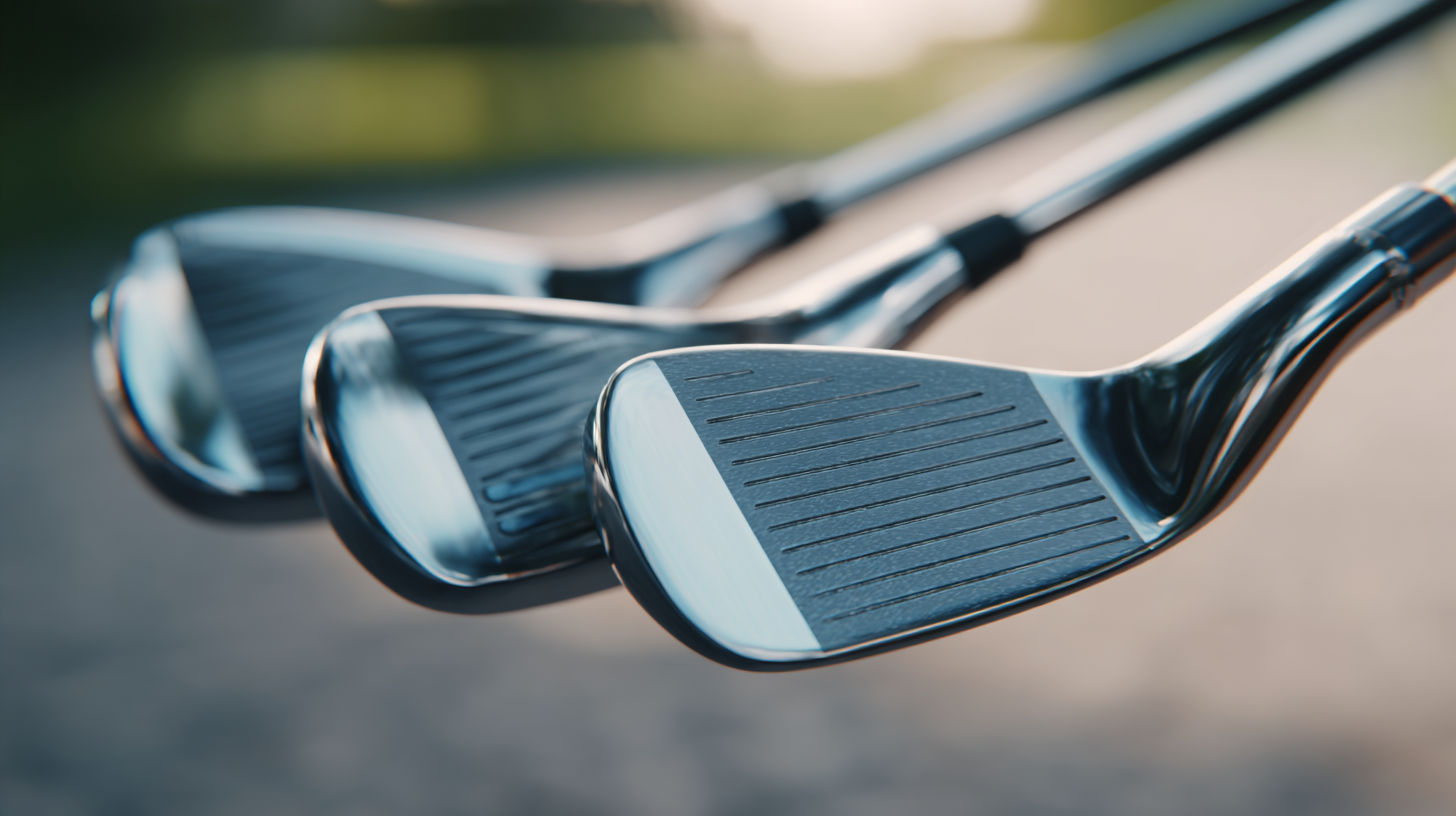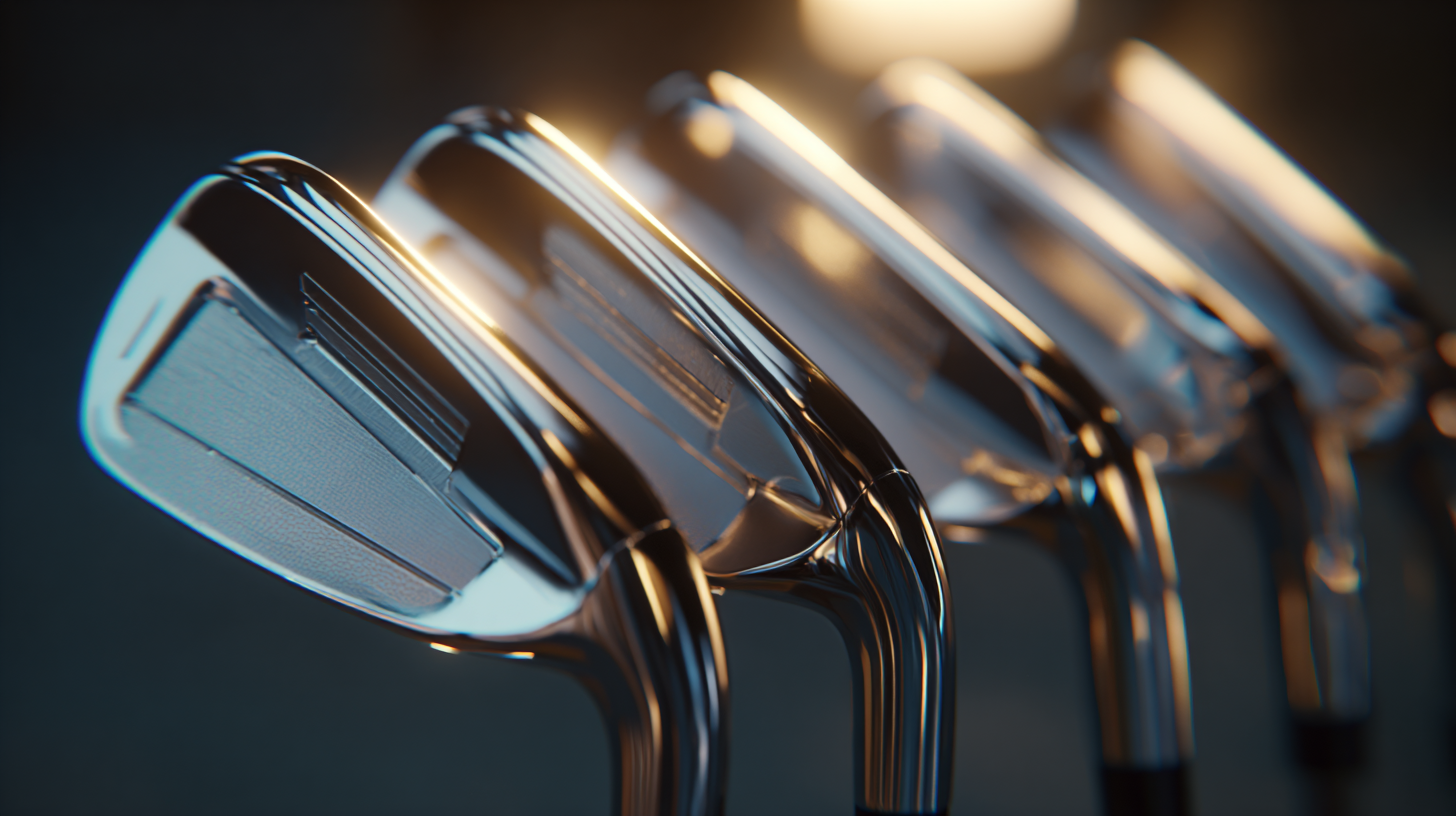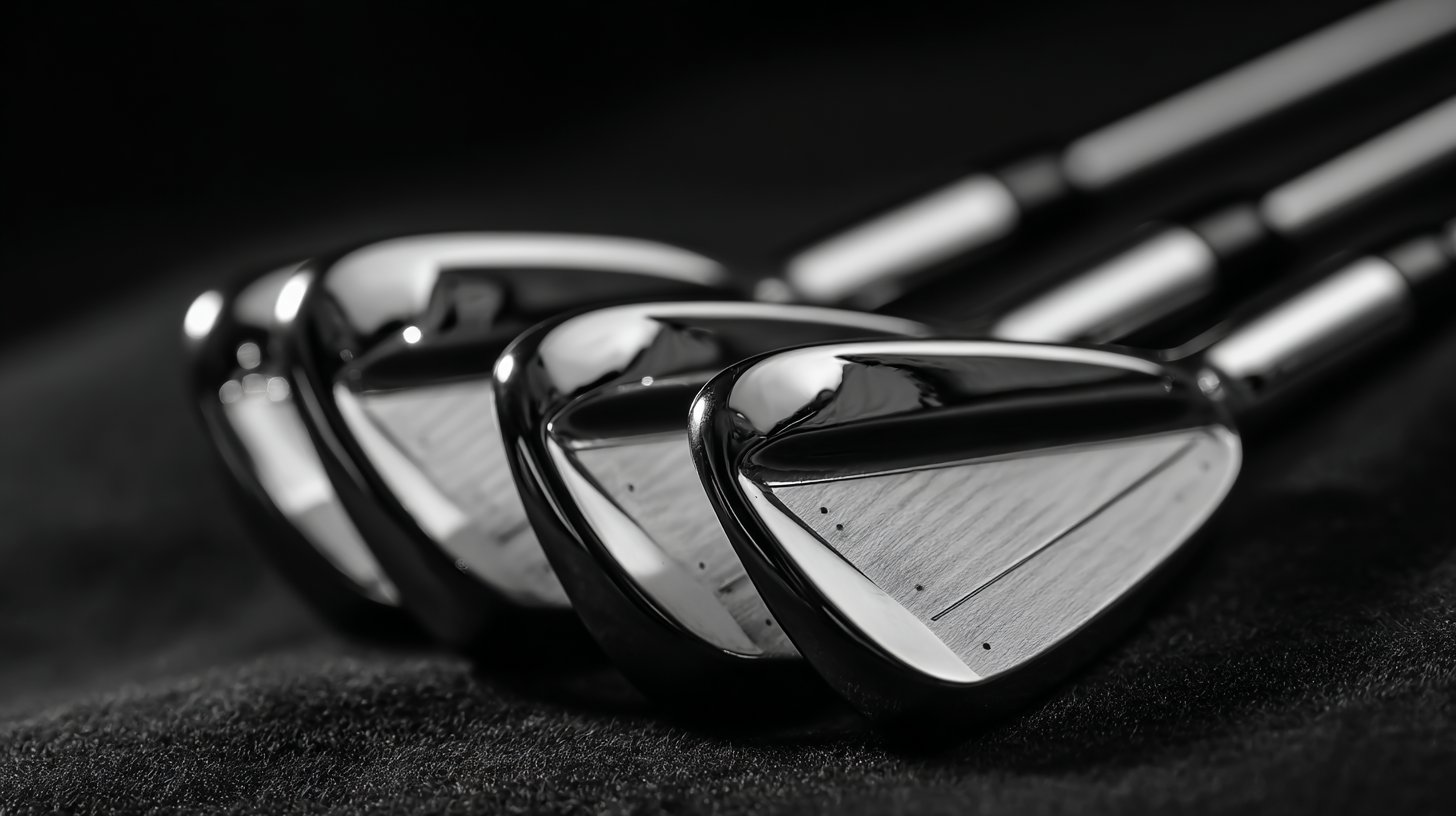In the realm of modern golf, the technology behind golf irons has evolved significantly, leading to improved performance for players of all skill levels. Understanding this technology is essential for golfers looking to enhance their game and maximize their potential on the course. From the materials used in clubhead construction to the precision engineering of the face design, each aspect of golf irons is meticulously crafted to contribute to distance, accuracy, and consistency. This article delves into the intricacies of golf iron technology, exploring key features such as weight distribution, shaft flex, and the role of technology in design innovations.

Whether you are a beginner seeking insights or an experienced golfer aiming to refine your skills, comprehending the advancements in golf irons can provide you with the tools needed to elevate your performance and enjoyment of the game.
The evolution of golf iron technology has significantly transformed how players approach the game. In the early days, irons were crafted from solid lumps of steel, resulting in a uniform feel and performance. However, as golfers sought more precision and control, manufacturers began to introduce innovative materials and designs. By incorporating lightweight alloys and advanced graphite shafts, modern irons have become more forgiving and easier to swing, allowing players at all skill levels to improve their game.
Furthermore, recent advancements in computer-aided design and manufacturing have led to customizable features in golf irons. Players can now select from various clubhead shapes, lofts, and lie angles tailored to their swing characteristics. Technologies like perimeter weighting and cavity-back designs enhance stability and promote a higher launch angle, optimizing distance and accuracy. This continuous evolution of technology not only enhances performance but also provides golfers with the tools to elevate their skills on the course.

When it comes to selecting the right golf iron, understanding your skill level and playing style is crucial. Beginners often benefit from cavity-back irons that offer a larger sweet spot, making it easier to achieve consistent contact with the ball. These clubs provide more forgiveness on off-center hits, essential for those still developing their swing technique. Meanwhile, more advanced players may prefer muscle-back irons, which allow for greater control and precision, catering to their refined skills and shot shaping abilities.
Tips for beginners: Focus on clubs that offer forgiveness and stability. Try various brands to see what feels best in your hands, and pay attention to the club's weight and balance during your swing.
For mid-level players, consider a combination of cavity-back and more traditional designs to diversify your game. Experimenting with different lofts can also help you understand which configurations best suit your style of play.
Tips for advanced players: Choose irons that match your swing speed and playing conditions. Look for options that provide minimal offset for better shot shaping, and don’t hesitate to get fitted for clubs tailored to your specific measurements for optimal performance.
The modern golf iron has evolved significantly, largely due to advancements in materials science that enhance performance on the course. The use of high-strength alloys and steel composites has revolutionized the construction of golf irons, offering improved durability and responsiveness. These materials allow for thinner club faces, which not only increase ball speed but also enhance distance without compromising feel. Players can experience a solid strike while enjoying the benefits of greater launch angles and optimized spin rates.

Additionally, innovations such as multi-material designs integrate lighter materials like carbon fiber with traditional metals. This combination not only reduces the weight of the club, making it easier to swing, but also strategically redistributes mass to improve forgiveness on mishits. The variety of materials used also allows manufacturers to fine-tune the center of gravity, enabling golfers to achieve a better ball trajectory and control over their shots. As technology continues to advance, the role of materials in golf iron design will remain pivotal in elevating player performance.
The design of modern golf irons significantly influences both ball flight and control, making advancements in technology crucial for golfers seeking improved performance. Clubs are crafted with various materials and engineering features that affect weight distribution, center of gravity, and face angle. For instance, perimeter weighting increases forgiveness by enlarging the sweet spot, allowing players to achieve higher launch angles and greater distance even on off-center hits.
Moreover, the loft and lie angles play a vital role in determining how the ball interacts with the ground. Irons designed with optimized loft angles can enhance spin and trajectory control, enabling golfers to execute precise shots, whether they require height for greenside approach or a lower flight for wind resistance. Additionally, innovations in face technology, such as variable thickness and grooves, help maximize spin control and enhance overall accuracy, which is essential for targeting flags on the green. Understanding these elements of club design empowers golfers to select equipment best suited to their playing style, ultimately leading to better outcomes on the course.
| Iron Model | Material | Loft Angle (Degrees) | Player Type | Ball Flight Trajectory | Control Factor |
|---|---|---|---|---|---|
| Model A | Stainless Steel | 34 | Moderate | Mid-High | Good |
| Model B | Carbon Steel | 30 | Advanced | High | Excellent |
| Model C | Titanium | 36 | Beginner | Mid | Fair |
| Model D | Forged Steel | 28 | Expert | Low | Very Good |
When it comes to achieving optimal performance on the golf course, customizing your golf irons is essential. Each golfer has a unique swing style and body dynamics, which means that a one-size-fits-all approach often falls short. To boost your game, consider making adjustments to your grip, shaft length, and lie angle.
One important tip is to focus on the grip size. A grip that is either too small or too large can lead to inconsistent swings. It's advisable to hold a club in your natural stance and assess if your fingers overlap comfortably with your palm. Additionally, experimenting with different grip materials can also enhance feel and control, allowing for a more confident swing.
Another factor to customize is the shaft length and flex. Taller players may benefit from longer shafts, while those with slower swing speeds might find more success with a more flexible shaft. It is worthwhile to get fitted by a professional to determine the best specifications for your height and swing mechanics. Fine-tuning these elements can dramatically improve both distance and accuracy, ensuring that your golf irons deliver the performance you desire on the course.